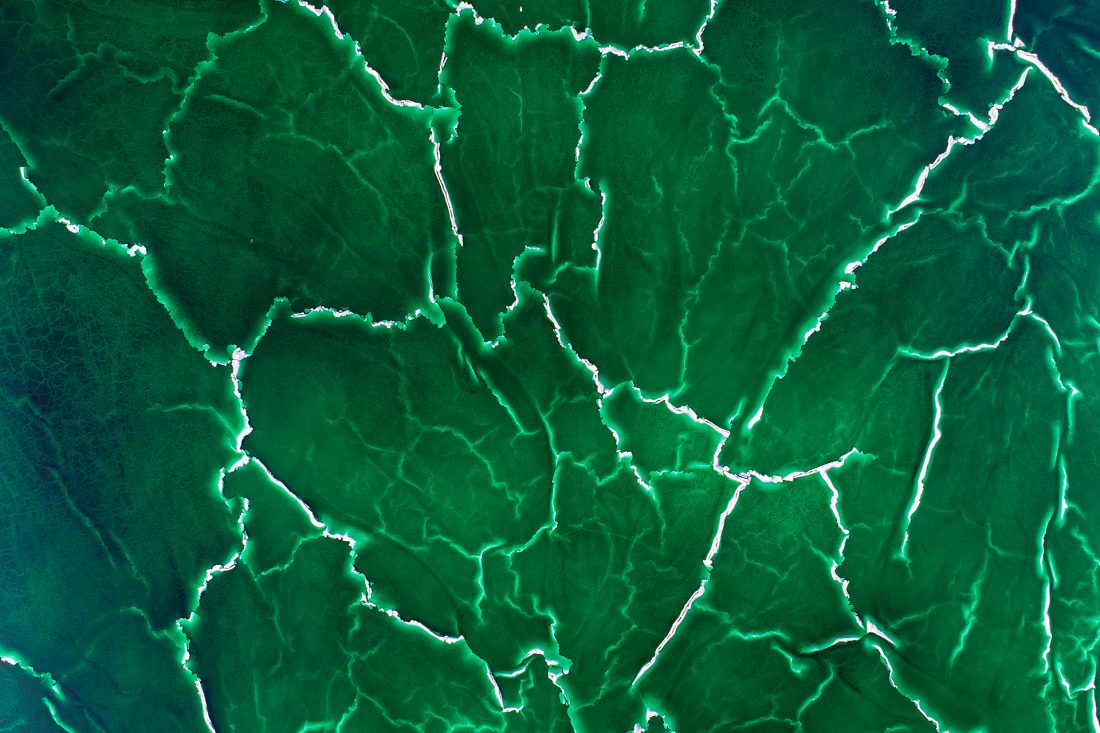
Radioactive water in estuary of Rio Tinto
Have you ever heard about phosphogypsum? No worries, we didn’t even know as well, but after research in local newspapers and in Annual Reports of local fertilizer company, we found a few shocking facts which we want to share.
Phosphogypsum refers to the calcium sulfate. It is mainly composed of gypsum, although gypsum is a widely used material in the construction industry, phosphogypsum is usually not used, but is stored indefinitely because of its weak radioactivity.
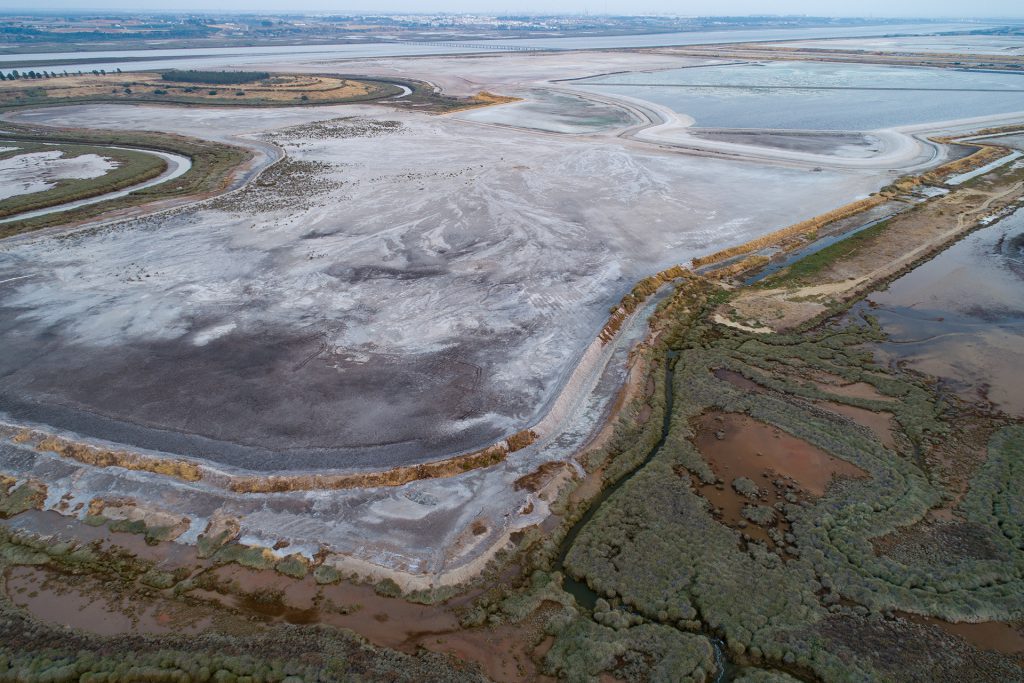
The estuary of Tinto River in south-west Spain is a highly polluted site as a consequence of long-term mining and industrial activities. The most shocking example of pollution is phosphogypsum stack located on the right side of sandy river bank, north of Huelva city. There’s a wide white wall sitting on top of the marshes.
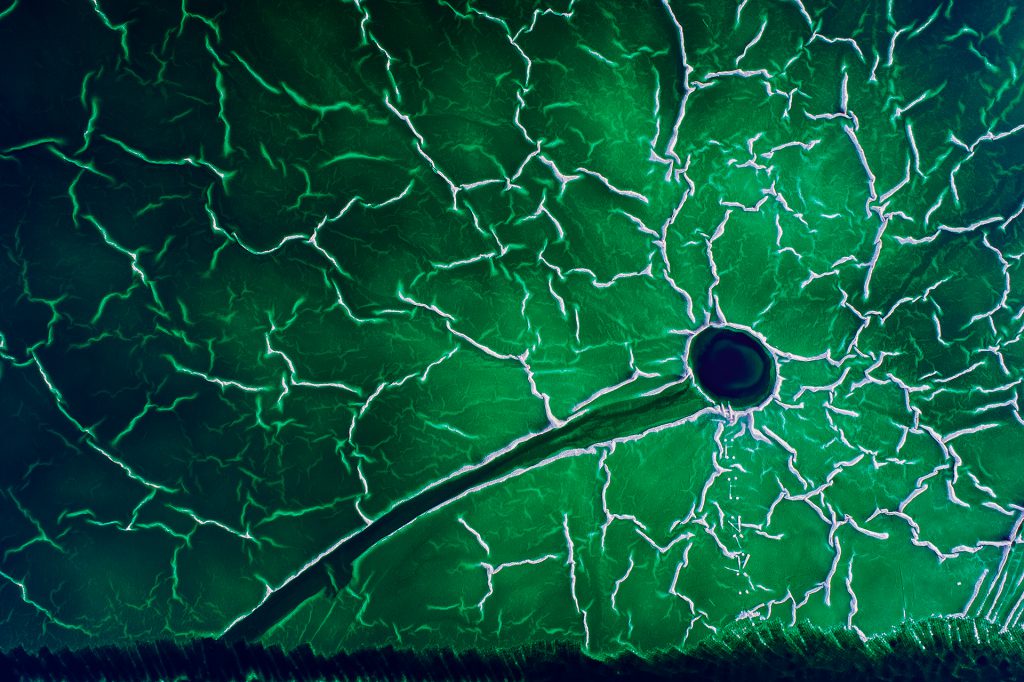
Textures of phosphogypsum at an abandoned pond with shallow, but highly toxic radioactive green water. Through hole on the middle toxic water leaking into the sandy estuary. Toxicity level is illustrated by the ladder remains which once connected the road and the hole.
The wall is the exterior of an industrial waste tailing dam, containing 120 million tons of phosphogypsum, a by-product of the manufacture of phosphate-based fertilizers. Between 1968 to 2010, different companies used the marshes to dump phosphogypsum. Officially, the permissible height is 2.5 meters, but, at some points, the dam is 35 meters high. It is considered the largest landfill of its kind in Europe. Phosphogypsum is a radioactive material due to the presence of naturally occurring uranium and thorium, and their daughter isotopes radium, radon and polonium. It also contains rare earth elements, like yttrium and scandium.
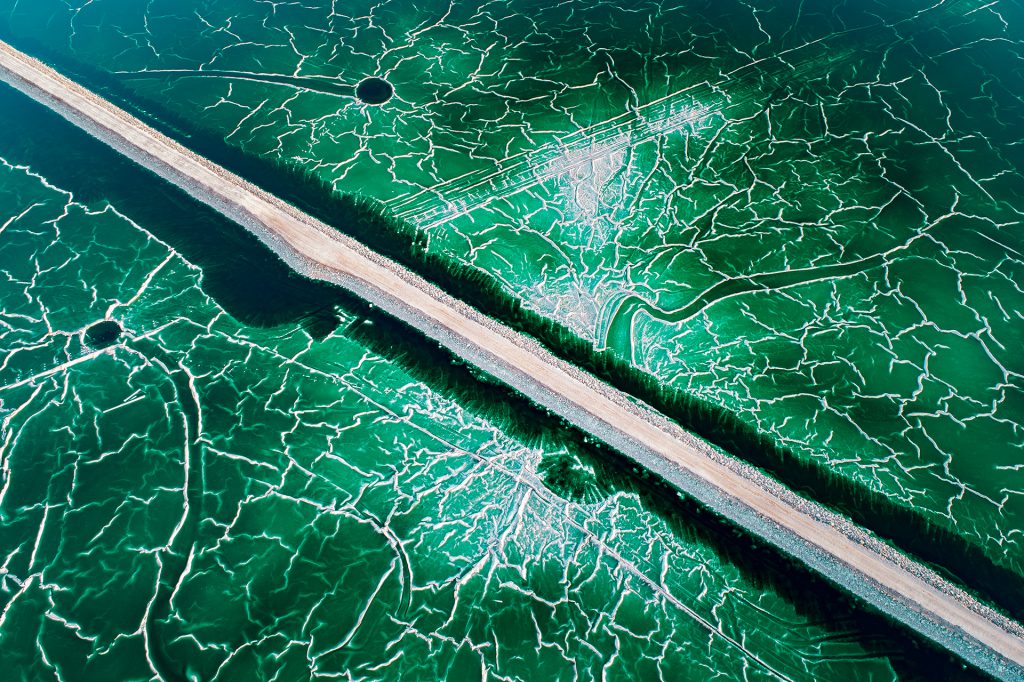
It looks like another planet,… but there is a road across it, reminding us that no, it’s here, on our planet!!!
However, along with the gypsum, the dams are loaded with acidic waters and heavy metals. And they’re leaking.
Rafael Perez-Lopez, a Geo-chemist working for Huelva University, paints the horrific picture in DW.com interview: “The dams leak around 7.8 tons of arsenic and 1.8 tons of cadmium per year to the river, among other heavy metals like Uranium,”
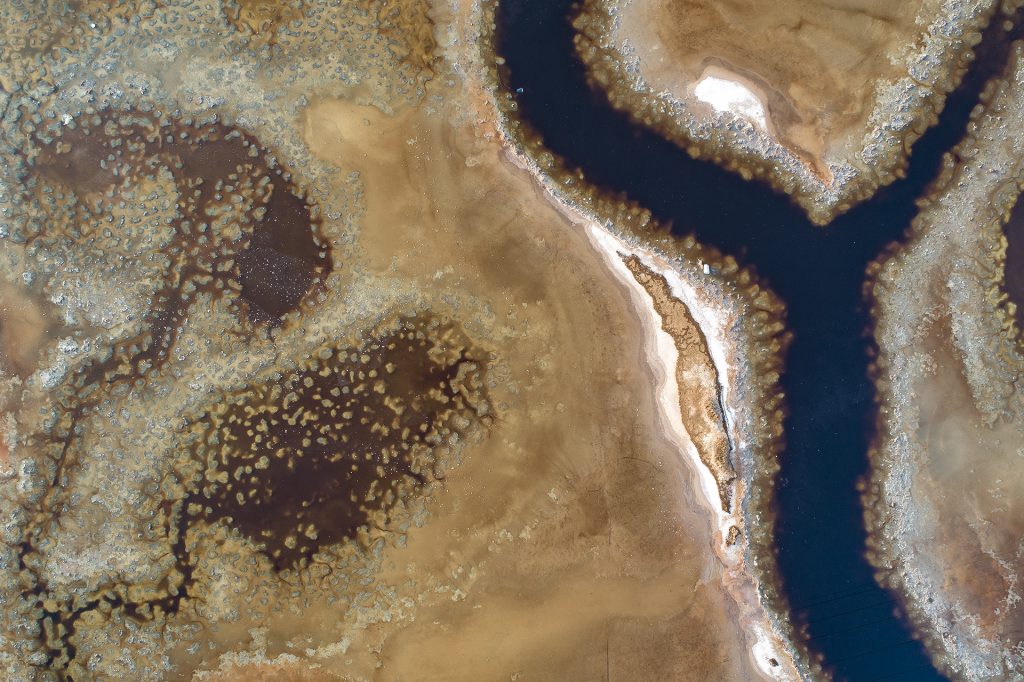
Leaked material arround stacking pond.
Locals worried about the stability of the dams, since, in the event of a collapse, the Spanish industrial town and an estuary of Rio Tinto River would be swamped with toxic residue. After years of protests and negotiations, the company left in 2010, after 43 years of phosphogypsum production.
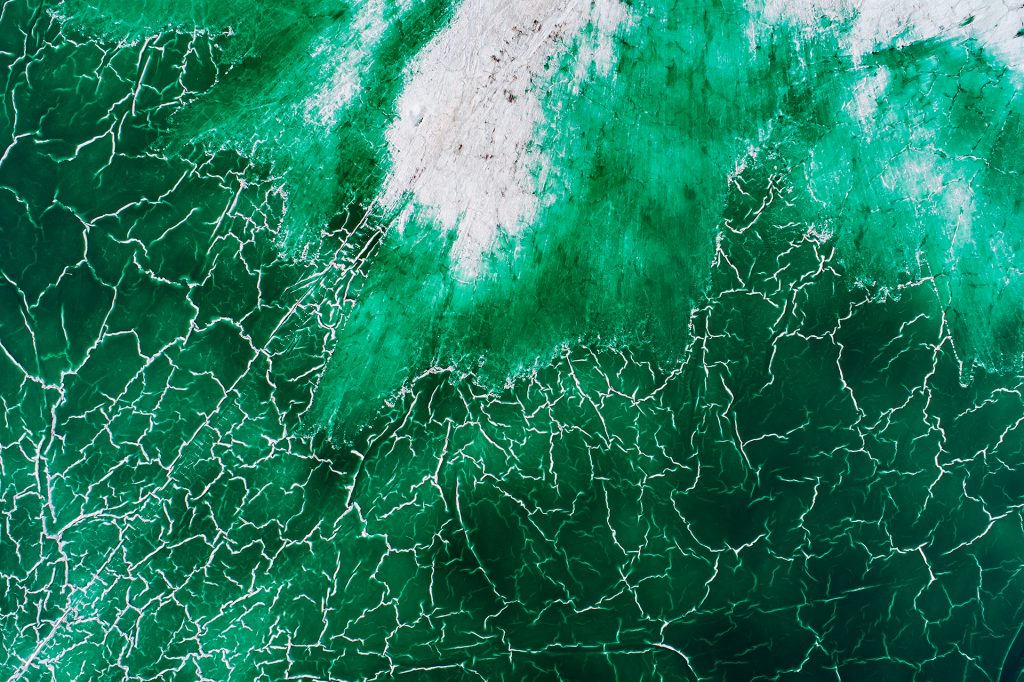
This is a good news, but bad news is that now phosphoric acid is imported from Morocco where the laws allow companies to deposit waste into the sea. Although the half-filled pond still remains.
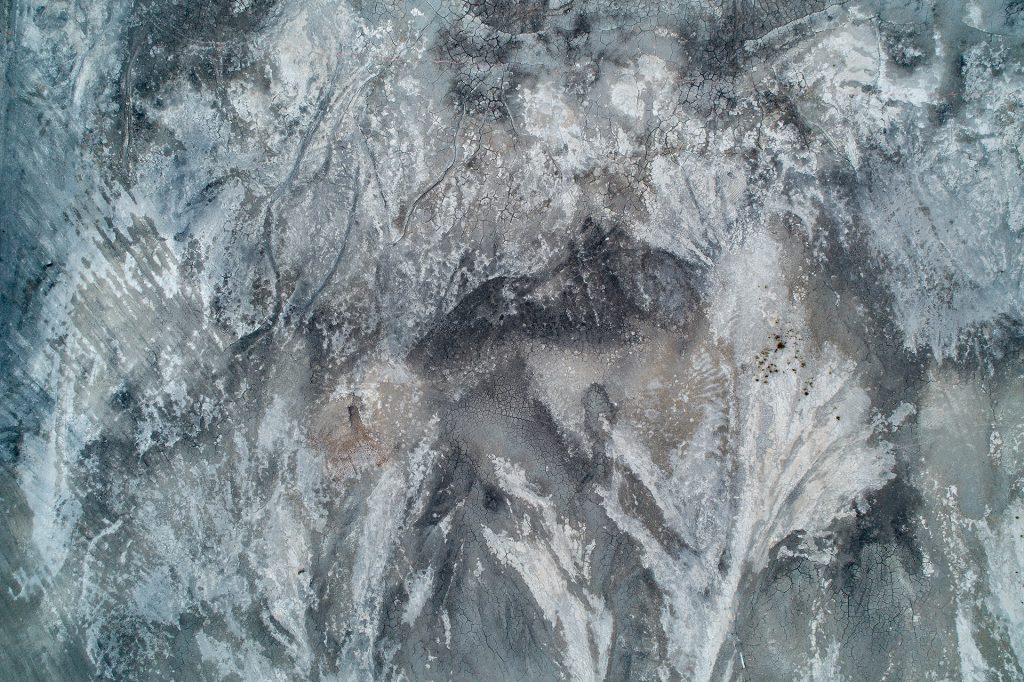
Dry phosphogypsum


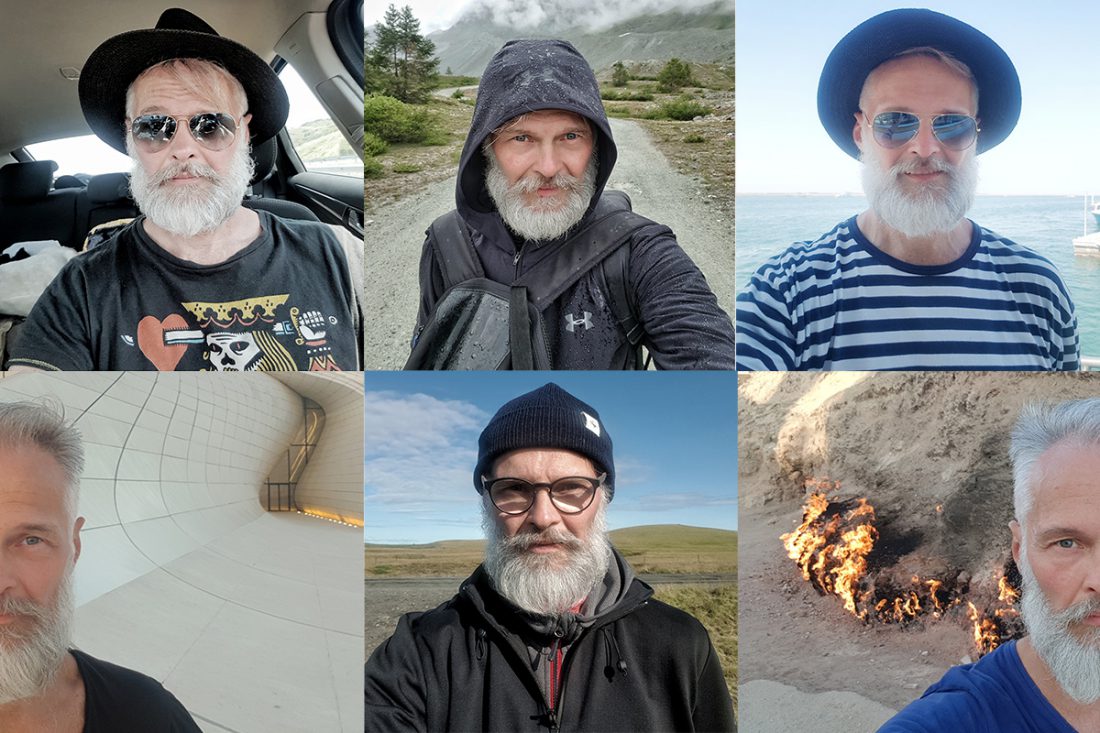
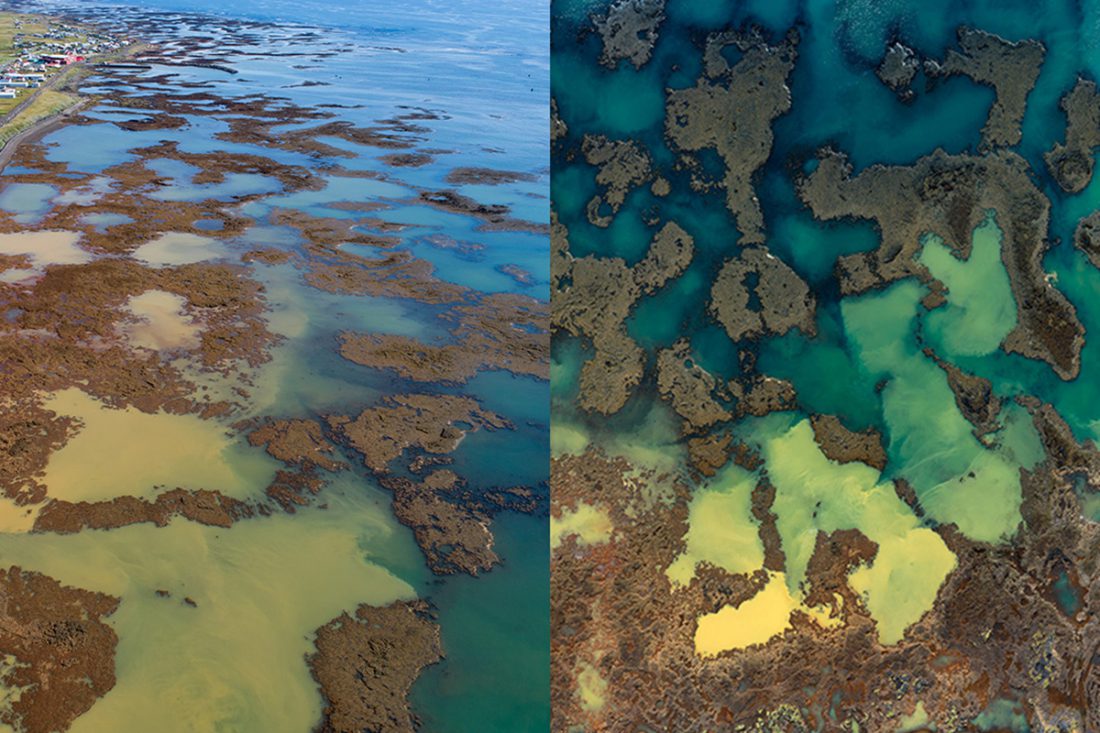

Miguel
Hi, I am from Huelva and I have lived here for many years. You have made a great research, explained this whole situation very clearly and honestly. Politics have looked other direction all these years and now we have this heritage we don’t know what to do with. Thank you very much.